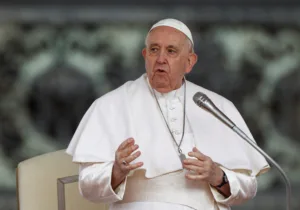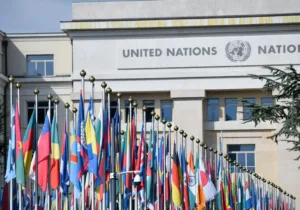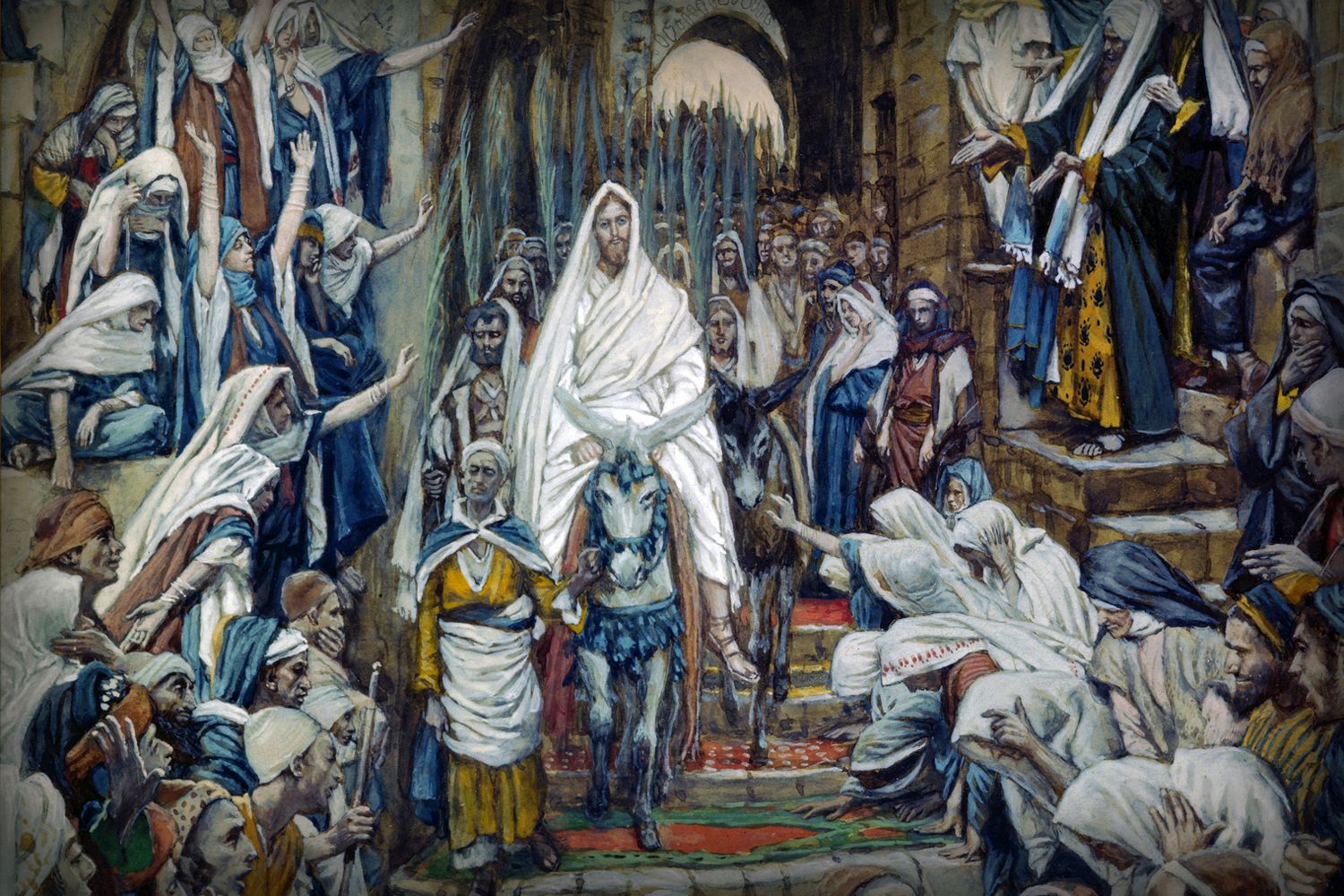Vladimir Putin’s buildups, bluster, and brinkmanship in and around Ukraine led to a flurry of diplomatic activity in recent weeks, and now the world waits for Putin to make his next move. With Ukraine languishing outside the safety of the NATO alliance, the consensus seems to be that there is little the alliance can do as Putin enforces his latter-day Brezhnev Doctrine. That consensus view is wrong.
Options
Before getting into how NATO can respond to this contrived crisis, it’s important to identify the cause: Putin’s gun-to-the-head demands that NATO not expand eastward, cease all military activities in Eastern Europe, pull back its forces to where they were in 1997 (before Poland, Hungary, and Czechia joined the alliance), and grant him veto authority over the decisions of sovereign nations. These demands are based on Putin’s belief that NATO expansion violated agreements made at the end of the Cold War. But as the Brookings Institution’s Steven Pifer details, Mikhail Gorbachev “made clear there was no promise regarding broader enlargement” as the Cold War thawed. Gorbachev himself concedes, “The topic of NATO expansion was not discussed at all.”
Putin, like history’s other expansionist autocrats, won’t be confused by the facts. And so, he’s graciously offering his neighbors a choice: “Either take seriously what is put on the table or face a military-technical alternative,” as his deputy foreign minister puts it. With 100,000 troops and 1,200 tanks massed along the Russia-Ukraine frontier, those words are not empty.
But neither is NATO’s quiver. To paraphrase Winston Churchill after Munich, NATO has many options between submission and war—options that can help Putin reconsider his current path.
Ukraine is not a member of NATO. Thus, Ukraine’s security and sovereignty are not guaranteed by NATO and are not part of NATO’s mandate. However, the principles at stake in this crisis—the independence of NATO and its members, the rights of sovereign nations, the stability of Europe, the maintenance of the post-Cold War order—surely are. Even NATO’s most dovish members understand that NATO’s interests and territory will be more secure if Ukraine remains a sovereign, democratically oriented nation—and will be further jeopardized if Putin is permitted to continue conducting foreign policy via diktat and rebuilding the Russian Empire piecemeal.
Virtually every government in Europe views NATO as essential to European security—and Putin’s Russia as threatening to European security. That explains why seven of the Warsaw Pact’s eight members chose to join NATO; why three former Soviet republics chose to join NATO and why two others (Georgia and Ukraine) desperately want to join NATO; and why the solution to this crisis is found in NATO.
The North Atlantic Treaty makes clear that the alliance exists “to promote stability and well-being in the North Atlantic area.” With that as a springboard, the alliance and individual alliance members should move on several fronts to defend the principles Putin is threatening.
First, the alliance should initiate consultations under Article IV of the North Atlantic Treaty.
Invoked just six times in NATO’s seven-plus decades, Article IV allows alliance members “whenever, in the opinion of any of them, the territorial integrity, political independence or security of any of the parties is threatened” to address a threat that has not yet mushroomed into a direct attack. With 100,000 troops coiled to strike, a track record of aggression, and a crescendo of threats and aggressive actions against NATO members and the peace of Europe, Putin has clearly and repeatedly threatened the security of NATO.
Article IV consultations would force NATO to address a threshold question: Will the alliance be more or less secure if Putin seizes more of Ukraine, limits NATO’s independence, and uses force to parlay another crisis into an expanded reach and role? The answer to that question is obvious.
Second, the allies should reinforce NATO’s most at-risk territory against Russian attack.
Gen. Tod Wolters, NATO’s military commander, has reportedly urged alliance political leaders to approve increased deployments in Bulgaria and Romania, both of which are within range of Putin’s Ukraine-based and Black Sea-based forces. NATO’s political leadership should approve the plan without delay. In addition, Estonia, Latvia, and Lithuania have called on NATO and the US to upgrade existing rotational deployments into permanent bases, and Poland wants additional US firepower on its territory. Again, NATO’s political leadership should approve the requests, and the US should lead from the front in this regard. The good news is that the just-signed National Defense Authorization Act (NDAA) includes $4 billion for the European Defense Initiative, which exists for this very purpose.
Within easy range of Putin’s unmarked armies, the Poles and Balts understand that if Putin follows his Ukraine playbook and covertly violates the sovereignty of NATO’s easternmost members, he will force NATO to blink or fire back. Neither alternative would lead to a happy outcome. The former means NATO is dead. The latter means war. The Poles and Balts know the best way to prevent that is through deterrence. Thus, they want US-led NATO forces based on their soil for the same reason US-led NATO forces were based in West Berlin during the Cold War: American troops send an unmistakable message that crossing this line means you are going to war against the United States—no ambiguity, no question marks, no doubts about the consequences. The goal is not to start a war but quite the opposite: to prevent what Churchill called “temptations to a trial of strength.” Permanently basing American forces on NATO’s most at-risk territory helped remove such temptations during the Cold War. The Poles and Balts reckon it will do the same today.
Third, even as the alliance bolsters its eastern flank, NATO should strengthen Ukraine’s ability to defend itself from further Russian aggression.
In the early hours of the Cold War, President Harry Truman declared that the US would “support free peoples who are resisting attempted subjugation by armed minorities or by outside pressures.” That served as a key plank of the Truman Doctrine. President Ronald Reagan hastened the end of the Cold War by reviving that strategy and declaring, in what came to be called the Reagan Doctrine, “We must stand by our democratic allies. And we must not break faith with those who are risking their lives—on every continent, from Afghanistan to Nicaragua—to defy Soviet-supported aggression and secure rights which have been ours from birth… Support for freedom fighters is self-defense.”
Today, in the early hours of Cold War 2.0, President Joe Biden should invite democratic partners from Europe and the Americas, Asia and the Pacific to join the US in helping nations in the crosshairs of tyrant regimes defend themselves. Now, as in the 1940s and 1980s, support for freedom fighters is a matter of self-defense.
In Ukraine, this would translate into providing Kyiv real-time intelligence; cyber-defenses, cyber-redundancies, and technical advisors; shoreline defenses; radar-jamming and counter-jamming systems; and anti-aircraft, anti-personnel, and additional anti-tank systems. Again, the NDAA includes $300 million in fresh resources for the Ukraine Security Assistance Initiative—resources that should be invested in these sorts of weapons systems. As Rep. Seth Moulton concluded after a recent trip to Ukraine, the US should deliver Ukraine “weapons that will have a high cost in terms of Russian casualties” and “articulate to the world how the weapons we provide will force Mr. Putin to incur substantial losses.”
Fourth, NATO should not limit its response to the terrain Putin has chosen.
If Putin wants a grand reappraisal of Europe’s post-Cold War order, NATO should oblige and announce that the alliance is eager to settle issues left unaddressed in 1989–91. For starters, NATO could invite the leaders of all nations where Russian troops are deployed but unwelcome—Moldova, Georgia, Ukraine—to identify ways the alliance can strengthen their security and make their Russian occupiers uncomfortable. Gen. Kevin Ryan, a former military attaché at the US embassy in Moscow, notes that Russia’s outposts in Georgia and Moldova—bitterly opposed by both nations—are “exposed and vulnerable to military action” by indigenous forces “if supported by the West.” He adds that arming Moldovan and Georgian troops with Western military equipment “would require Russia to divert military forces from any plan against Ukraine.”
Fifth, given that NATO represents two things Putin opposes—the expansion of liberal democracy and an obstacle to the reconstitution of Moscow’s Cold War sphere of influence—NATO should emphasize that its doors remain open and should encourage the entry of Sweden and Finland into the alliance.
Article X of the North Atlantic Treaty states that the alliance may “invite any other European state in a position to further the principles of this treaty and to contribute to the security of the North Atlantic area to accede to this treaty.” Given their democratic credentials, geographic position, and deepening military cooperation with NATO, Sweden and Finland definitely qualify for membership and could join the alliance in short order. Spurred by Russia’s actions, both have signaled an openness to joining NATO, though Sweden seems closer than Finland to ditching neutrality.
Related, Washington should elevate Ukraine and Georgia to the status of “major non-NATO ally”—a designation that enhances security cooperation. Argentina, Bahrain, Egypt, Israel, Jordan, Kuwait, Morocco, Taiwan, and Tunisia are among those so designated. This would not tie the US to a mutual-defense treaty, but it would send a strong signal to Moscow.
Tools
Discussing defense treaties, deterrence, troop deployments, and arms shipments in a publication devoted to Christianity may seem incongruent to some readers. But it’s not incongruent if we recognize these as tools to prevent the kind of war that kills by the millions, the kind of war that erases nations, the kind of war NATO has helped prevent for 73 years.
We will not know the biblical notion of peace—of shalom, peace with harmony and justice—until Christ returns to make all things new. In the interim, in a broken world full of broken men with grudges and grievances, there are no viable alternatives to the hard work of military preparedness and defensive alliances like NATO—which, it pays to recall, was created to prevent war. As NATO’s first secretary-general explained, “The paramount, the permanent, the all-absorbing business of NATO is to avoid war.”
NATO has the power and the tools to do that in this present crisis.






